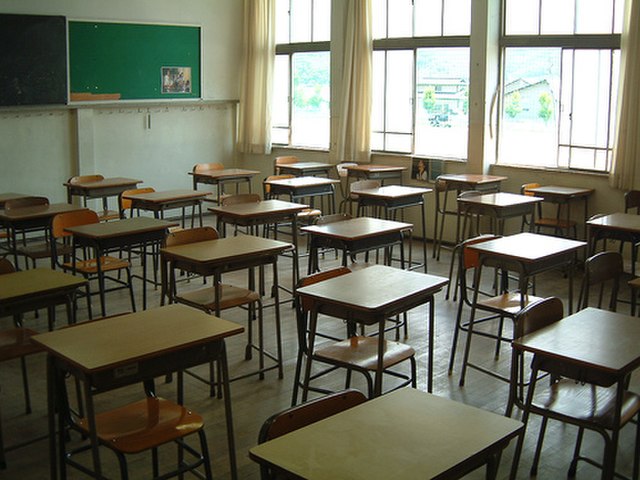In a worrying trend that has educators and policymakers alike on edge, schools across the nation are grappling with a significant decline in student attendance. The issue, which has been exacerbated by a myriad of factors, poses serious challenges to the educational system and the well-being of students.
Recent data released by the Department of Education reveals a troubling decline in school attendance rates over the past academic year. From urban centers to rural communities, schools are reporting lower-than-usual attendance figures, with some districts experiencing drops of up to 20% compared to pre-pandemic levels.
While the COVID-19 pandemic undoubtedly played a role in the initial disruption to school attendance, experts suggest that the root causes of this decline run deeper. Economic hardships faced by many families, exacerbated by the lingering effects of the pandemic, have forced some parents to prioritize work over their children’s education. Additionally, concerns about safety and the ongoing uncertainty surrounding the virus have led to hesitancy among some families to send their children back to in-person learning environments.
The rise of remote learning alternatives has presented students with newfound flexibility in their educational pursuits. While virtual learning offers convenience and accessibility for some students, it has also contributed to a sense of detachment from traditional schooling structures. As a result, many students are opting for alternative educational pathways, further contributing to the decline in school attendance.
The consequences of this trend are multifaceted and far-reaching. Decreased school attendance not only disrupts the continuity of learning but also undermines the social and emotional development of students. School serves as more than just a place for academic instruction; it is a hub for social interaction, emotional support, and community engagement. The absence of these vital components can have long-lasting repercussions on students’ overall well-being.
Educators are sounding the alarm, emphasizing the importance of addressing the underlying factors driving this decline in attendance. Strategies aimed at addressing economic disparities, enhancing school safety measures, and reimagining the educational experience to better meet the needs of students are being explored. Additionally, concerted efforts are underway to rebuild trust and confidence in the traditional schooling model, emphasizing its irreplaceable role in shaping the future generation.
As communities grapple with the complex challenges posed by declining school attendance, collaboration among stakeholders is paramount. Parents, educators, policymakers, and community leaders must come together to develop holistic solutions that prioritize the educational needs and well-being of all students. Only through collective action can we ensure that every child has access to the quality education they deserve, setting them on a path to success in school and beyond.





